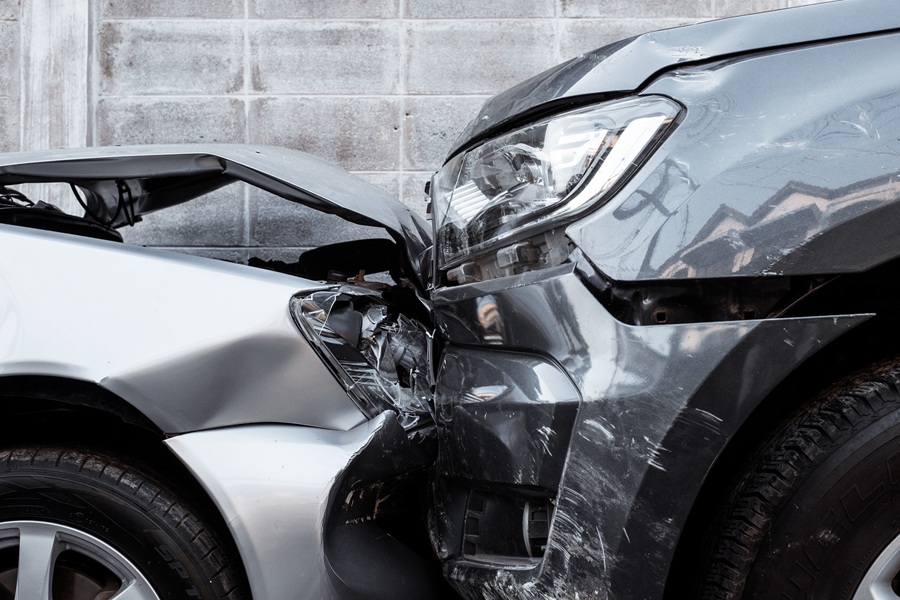Owner liability is a key issue in fleet management and concerns the legal responsibility of the vehicle owner – usually the company itself. It includes not only the operational safety of the vehicles, but also the obligation to monitor drivers and comply with legal regulations. Errors in this area can have considerable legal and financial consequences.
What is owner liability?
The owner’s liability obliges the vehicle owner to pay for any damage caused when operating their vehicle – even if they are not at fault (Section 7 StVG). In addition, § 31 StVZO regulates the owner’s obligations: The owner must ensure that the vehicle is roadworthy and is only driven by suitable persons. § Section 21 StVG also prohibits the transfer of the vehicle to persons without a driving license – here, too, the owner bears joint responsibility. In the corporate context, the fleet manager often takes on these tasks and ensures compliance with the legal requirements.
Owner liability in the vehicle fleet
In day-to-day operations, this means owner liability:
- Checking the roadworthiness and road safety of vehicles
- Regular driver’s license checks for drivers
- Compliance with maintenance intervals and UVV inspections
- Documentation of all safety-relevant measures
- Selection of suitable drivers and UVV driver training
Consequences of violations
Companies and fleet managers who neglect their duties run a risk:
- Fines and points in Flensburg
- Assumption of liability in the event of accidents, even if the owner was not driving
- Criminal consequences, e.g. in the event of negligent bodily injury
- Problems with the insurance in the event of a claim
Holder liability and driver’s license check
An important component of owner liability is the regular checking of the driver’s license. This must not be left to chance – it must be documented and verifiably carried out. Digital systems and fleet software offer secure and efficient solutions here.
Owner liability in modern fleet management
Sophisticated fleet management takes the legal and organizational burden off the owner. With the help of digital tools:
- Automated monitoring of inspection deadlines
- Carry out electronic driver’s license checks regularly
- Document maintenance and safety checks
- Plan and track driver instructions
Conclusion
Owner liability is an essential element in the company fleet and requires a high degree of organization, documentation and diligence. Those who know their obligations and establish suitable control systems not only protect the company from liability risks – but also the road safety and integrity of the entire fleet.

